The Customs laws and procedure in India owe their parentage to the system prevailing at the time of the Mauryas around Third Century B.C., as evident from ‘Arthashartra’ of Kautilya. Kautilya has given
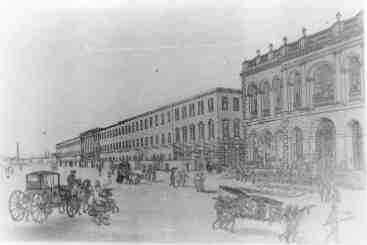
graphic details of Customs procedure in respect of incoming merchandise. The declaration to Customs was to indicate the country of origin, value of the goods etc. Stringent penalty was provided for mis-declaration of description and for under-valuation as also over-valuation. Punishment was also provided for Customs officers on
account of corruption and dereliction of duty. The general rate of taxation on imported commodities was 20 per cent barring a few specified commodities. Export goods were also subjected to Customs levy at the same rate. No commodities were permitted to be sold in places where they were grown or manufactured. Foreign merchants were treated with respect and benevolence. The systematic and well organised Customs administration was handed down to posterity and the same tradition continued
despite changes of Rulers or the Government. During Mughal rule also, we find that with minor variations, the ancient system of Customs procedure continued in respect of both Sea Customs as well as Land Customs. When the British East India Company entered the political scene of India, particularly Bengal, they inherited the system of
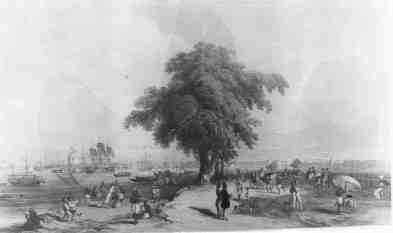
inland Customs Duty collected through Customs Chowkeys. Lord Cornwalis abolished all the internal Custom Houses in Bengal and Bihar in 1788 which was later revived in 1801. The Company also inherited the indigenous system of transit duties which was prevalent in India from the ancient time of Mauryas or even before, with slight variations.
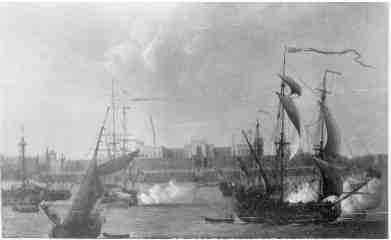
In ancient and medieval days, the transit Customs Duty was worked out in proportion to the distance travelled and, therefore, the rate of Customs levy was never dis-proportionately high. The Customs inland duty introduced by the Company was rather disproportionately high as it was fixed at the average amount of the payments to which goods traveling long distances were
liable. Thus, the concept of equalised freight was introduced by the Company which was advantageous to distant traders but prejudicial to the commercial intercourse between neighbouring places. The Company also introduced the system of passes for transit movement which was earlier not in existence. In the olden days, incoming and outgoing goods used to bear the seals of the authorities, to lend legitimacy and to prevent substitution.
Beginning of the Custom House in Calcutta can be traced to the end of Seventeenth Century when old Fort William, situated at a distance of 160 Kms from Bay of Bengal was erected at Calcutta on the bank of river Hooghly (Ganges) in 1696. Calcutta at that time was under the control of Nawab of Bengal, Ibrahim Khan. The Nawab invited
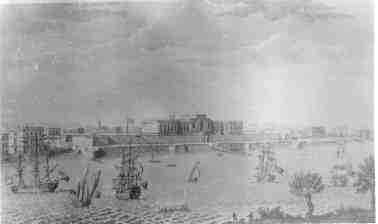
Job Charnok to Calcutta from Madras to lend naval and military support against the upcoming rebel Shobha Singh, a formidable landlord of Burdwan. The East India Company in return extracted several concessions from Ibrahim Khan, including the right of fortification. Customs revenue was collected in old Fort William.
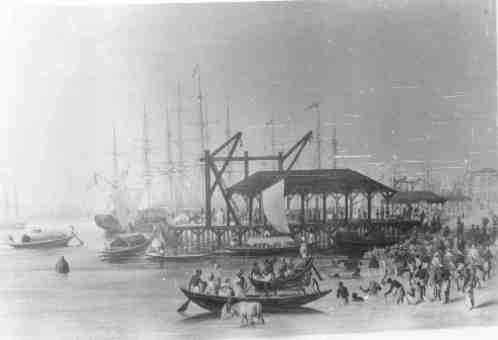
Robert Clive, the Governor of Fort William after his victory in the battle of Plassey against the Nawab of Bengal in 1757 felt the need for a stronger and strategically better located site for the British fortress. Thus, the construction of the new Fort was completed in 1781.
Sir Richard Bacher was appointed on 3rd March, 1758, as the Sea and Land Customs Master to look into the business of the Customs Department. He felt the need for having an office in some convenient place which was identified as the site where Mr. Holwell’s house adjacent to the old ditch stood. Mr. Holwell sold his property to the Company for Rs.9,500/-, for using the same as Custom House. Thus, the Custom House initially functioned from Holwell’s house in Calcutta. The godowns and warehouses adjacent were also being used for storage of goods brought through riverine route.
Holwell’s house being an old construction was found as not suitable for the functioning of the Custom House as owing to incessant rains in the monsoon, the old construction gave way to seepage and leakage at many points. The building was, therefore, sold off for Rs.8,051/- only in 1760. The Custom House thereafter temporarily functioned from a dwelling house till it was decided on the 8th September, 1766, that the apartments occupied by the Fort Major in the old Fort would stand appropriated for use of the Custom House Master. Evacuation of all militaries from the Fort area was completed in the beginning of 1767 with a view to converting the Fort premises into a Custom House. A number of warehouses and other buildings were erected inside the old Fort. From 1770, the old Fort
steadily dipped into the Hooghly river. The Custom House at the extreme southern side of the old Fort disappeared in due course into the river. The southern side of the old Fort with a long narrow furrow on the ground was connected with a canal by which the boats could enter into the Custom House and the ships could be repaired without having the need for going all the way to Bombay.
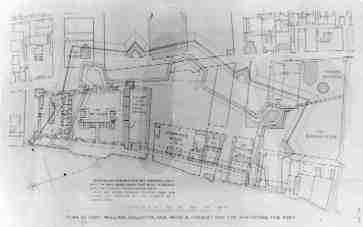
The Marine Store Yard, the Dry Docks and the Bankshall were all located at the site on which the present Bankshall Court is situated together with other office buildings on the Bankshall Street. The word Bankshall is the Dutch word meaning “a place of Customs toll collection”. The present General Post Office was erected in 1856 on the partial ruins of old Fort William.
After the old Fort was completely evacuated, it was decided to construct a full fledged Custom House at the site of the old Fort, facing the river Hooghly (Ganges). The foundation stone of the Old Custom House was laid by Lord Hastings on the 12th February, 1819. It was a substantially wide two storied building erected on the site of old Fort between Calcutta Collectorate and Eastern India Railway House in Clive Street with its postal address at No.1, Charnok Place (situated on the western side of Dalhousie Square earlier known as Tanks Square). The iron gate of the Custom House faced Clive Street and East India Railway Company was situated to its northern side. The Collector
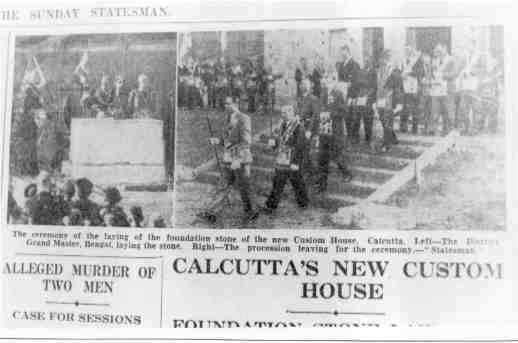
of Customs was occupying the first floor, together with his Assistants and Clerks, while the ground floor was occupied by commodious warehouses, weighing rooms etc. In 1899, the Custom House was renovated and re-established in the same place where it was earlier erected in 1819. For additional construction, land was acquired at the price of Rs.1200/- per Cottah during 1890-91. A Laboratory was also constructed. The foundation stone of the new Custom House (the present Custom House), situated at 15/1, Strand Road, Calcutta, facing river Hooghly, was laid on the 10th February, 1940. The construction was completed sometime in 1942 when the second world war was in full swing. The occupation of the new Custom House was without much ceremony.
